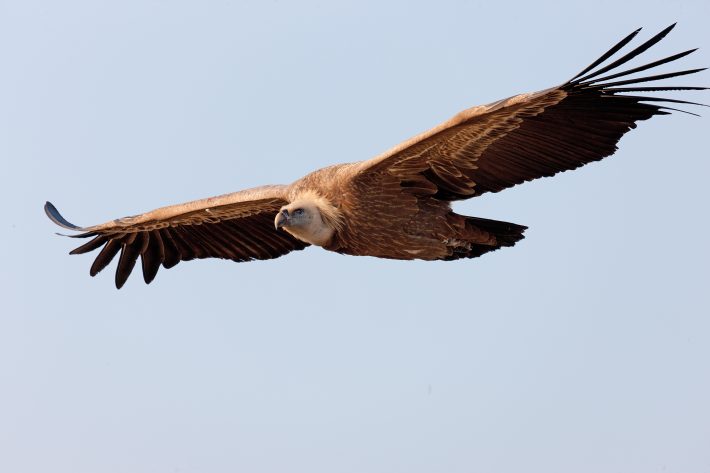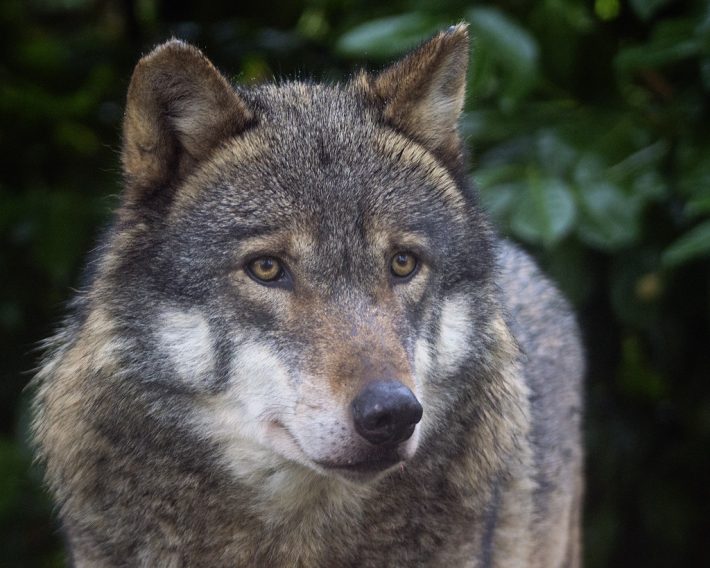GPS helps to monitor compliance with environmental law in new study
Researchers from Spain have demonstrated how equipping wildlife with GPS devices can help enforce environmental laws. The findings are published in a new Journal of Applied Ecology study.

In the study, conducted by the University of Oviedo and the Spanish National Research Council, information provided by GPS tagged griffon vultures and wolves was used to asses if livestock carcasses left in the countryside complied with European sanitary regulations.
Hundreds of livestock carcasses were located through on-site visits to the animals equipped with GPS. Thus, the researchers could evaluate compliance with the criteria required by regulation. An example would be whether the carcasses are within authorised areas, and a sufficient distance away from buildings.
Carcasses from three different Spanish areas (Asturias, Galicia and Castilla y Leon), alongside some areas in northern Portugal were examined. Overall, a low level of compliance with carcass management regulations was found in all areas studied. These results reveal a remarkable lack of continuity between the regulations on paper, compared to in practice.

Recommendations that arise from this study suggest simplifying bureaucratic procedures within the regulations. Providing farmers with training to increase their understanding is also recommended.
Dr Patricia Mateo-Tomas, first author of the study, explains “The implementation of an on-site monitoring program could help to evaluate the effectiveness of European sanitary regulations on biodiversity conservation.” In this regard, the GPS monitoring technique used in the study would be very useful.
The animals tracked in the study are part of a network that informs managing authorities of various threats to wildlife in the area, like poaching for example. The study also highlights how useful GPS monitoring can be in reducing biodiversity and conservation threats.
Article based off of a University of Oviedo press release
Read more:
https://besjournals.onlinelibrary.wiley.com/doi/10.1111/1365-2664.14487
Like what we stand for?
Support our mission and help develop the next generation of ecologists by donating to the British Ecological Society.